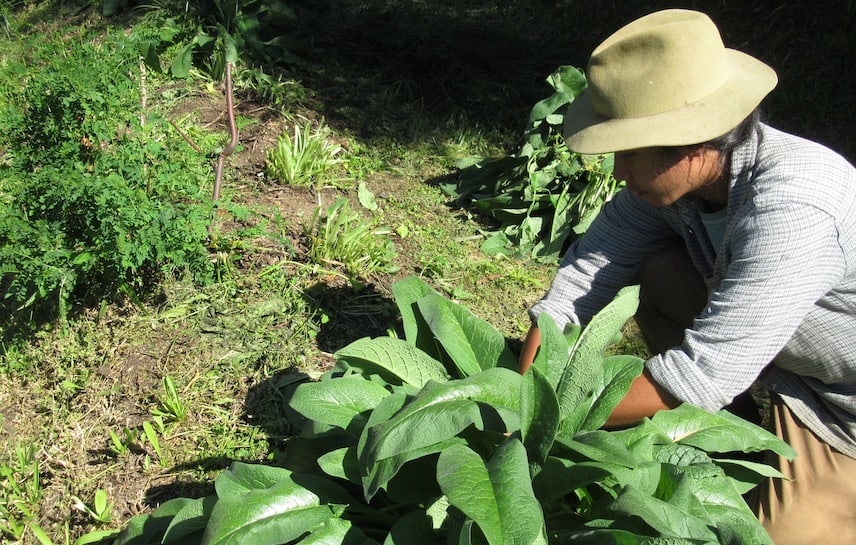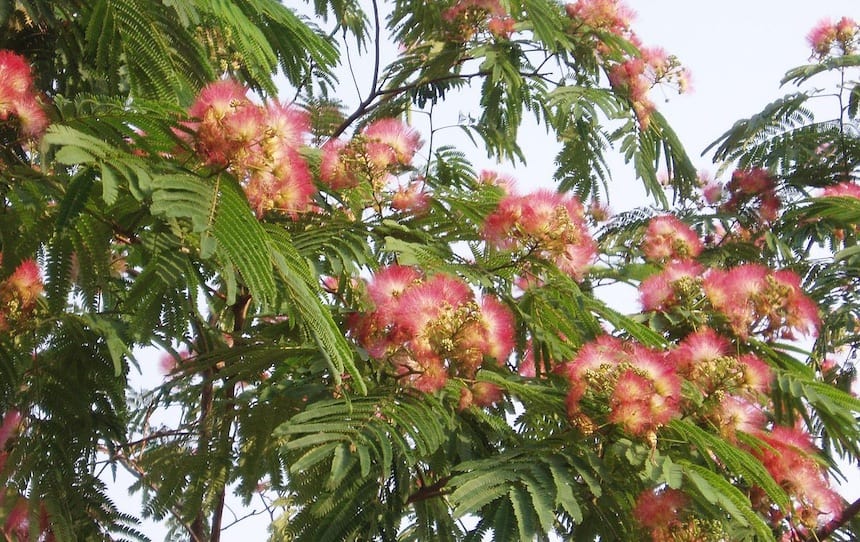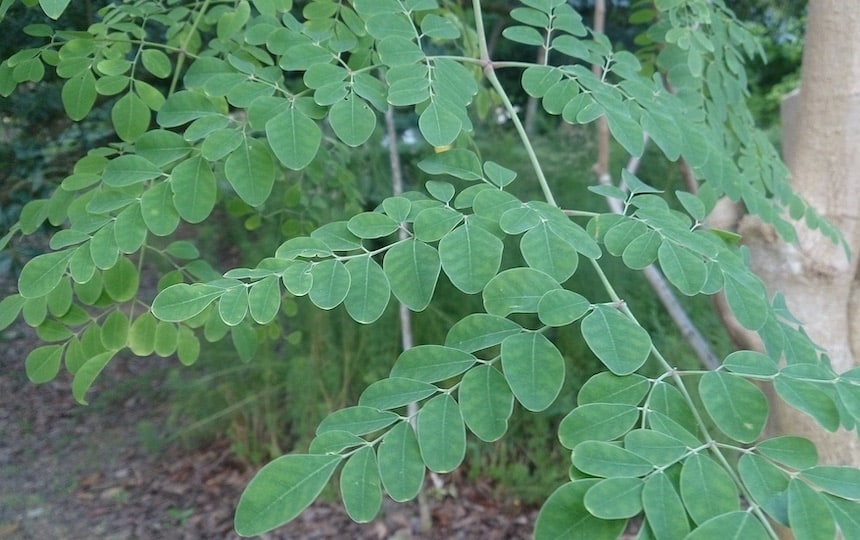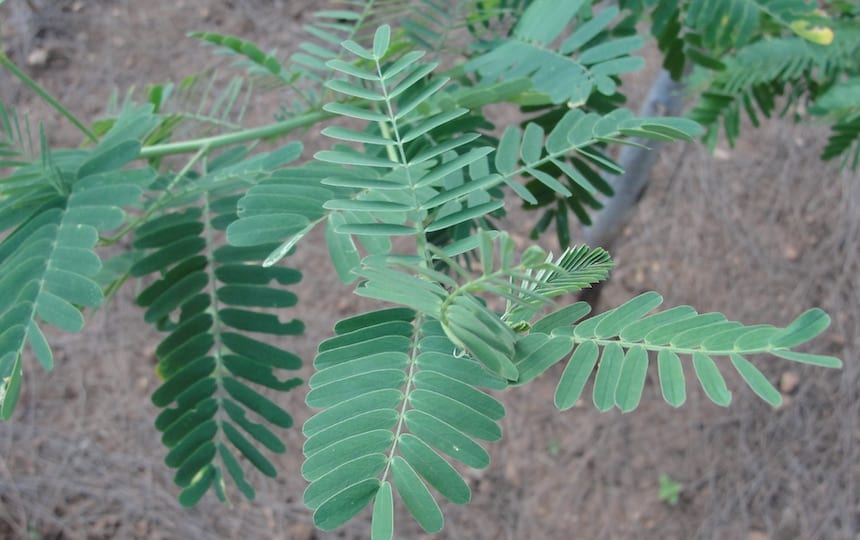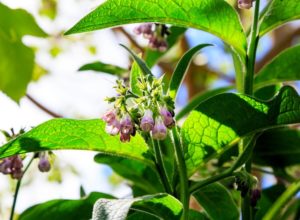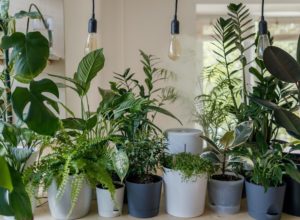We reveal the benefits of “chop and drop” mulching and show you how to grow your own mulch for your garden.
A key objective for the organic farmer is to create a closed-loop system that recycles all of the nutrients and organic matter back into the property from where it came.
Growing your own mulch is a critical design feature to consider if a closed-loop system is the desired outcome.
Here, we focus on fruiting orchards and food forest systems and identify the support plants we can grow to achieve the ‘chop and drop’ technique of mulching.
Chop and drop refers to those plants we grow which can be cut periodically with the branches and leaves thrown underneath and around our fruiting species as mulch. Thus allowing you to effectively grow your own mulch.
Benefits of chop and drop mulching
Builds up the organic layer so that when it breaks down it increases the nutrient and carbon cycling in the soil;
- Increases the fungal microorganisms in the soil that break down the organic matter, which is preferable when growing tree crops;
- Protects the surface of the soil under the fruit trees from drying out from sunlight and assists in water retention;
- Pruning chop and drop species can allow more sunlight to fruiting plants if required;
- Prevents weeds from growing.
Characteristics of species suitable for chop and drop
The selection of species to plant is totally dependent on your site conditions and the limiting factors that affect it. Here are some broad characteristics:
- Needs to be drought tolerant and adapted to your climate. Preference is given to species that are easily managed, are not too thorny and won’t propagate easily by seed and create weed issues;
- Ability to reshoot quickly and often after being harvested or pruned;
- Preferable if species selected are high in biomass material (which is the total volume or weight of the plant being harvested);
- Legume species which have the added function of releasing nitrogen to nearby fruiting plants;
- Deep tap-rooted species;
- Dynamic accumulators that bring nutrients to the surface and;
- Bee forage plants.
Chop and drop for your climate
Temperate
- Acacia species
- Tagasaste
- Herbaceous perennials
- Comfrey
- Bana grass
Tropical
- Moringa
- Ice cream bean
- Pigeon pea
- Sesbania
Drylands
- Honey locust
- Albizia species
- Cassia

